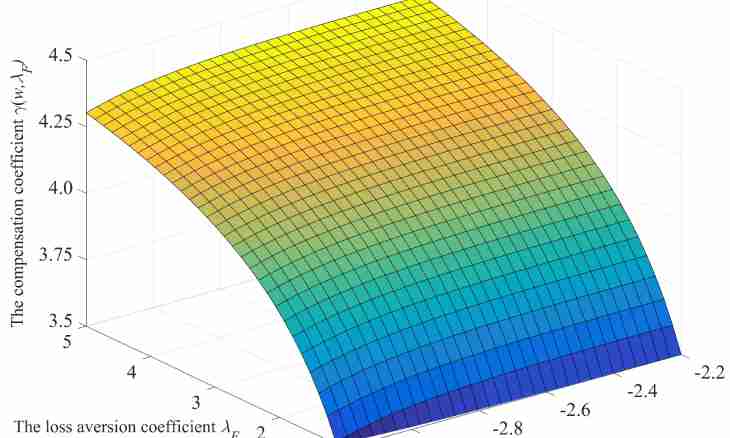If near top of a cone to carry out section, it is possible to receive identical, but other in a form and the sizes the figure called the truncated cone. It has not one, but two radiuses, one of which is less than another. As well as the usual cone, for this figure has height.
Instruction
1. Before finding of height of the truncated cone examine its definition. The truncated cone is called the figure which is formed in result perpendicular section of the plane of an ordinary cone provided that this section parallel to its basis. This figure has three characteristics: - r1 there is the largest radius; - r2 there is the smallest radius; - h - height. Besides, as well as at a usual cone, is available for truncated so-called forming, designated by letter l. Pay attention to the internal section of a cone: it represents an isosceles trapeze. If to rotate it round its pivot-center, the truncated cone with the same parameters will turn out. In this case, the line dividing an isosceles trapeze into two others of the smaller size, coincides with an axis of symmetry and with cone height. Other side is forming a cone.
2. Knowing radiuses of a cone and its height, it is possible to find its volume. It is calculated as follows: V=1/3πh(r1^2+r1*r2+r2^2) If are known two radiuses of a cone and also its volume, it is enough to find also height of a figure: h=3V/π(r1^2+r1*r2+r2^2). In case in a statement of the problem diameters of circles are given, but not radiuses, this expression takes a bit different form: h=12V/π(d1^2+d1*d2+d2^2).
3. Knowing forming a cone and a corner between it and the basis of this figure, it is also possible to find its height. For this purpose it is necessary to carry out from other top of a trapeze a projection to the bigger radius that the small rectangular triangle turned out. The projection will be equal to height of the truncated cone. If the forming l and a corner is known, height determine by the following formula: h=l*sinα.
4. If only a cross-sectional area of a cone is known for a statement of the problem, it is impossible to find height if both of its radiuses are unknown.

